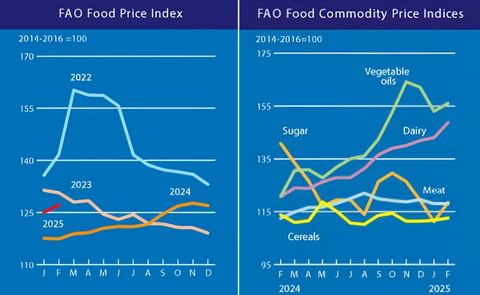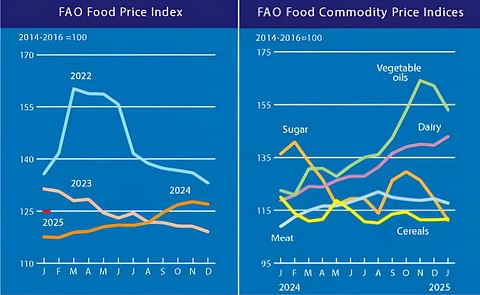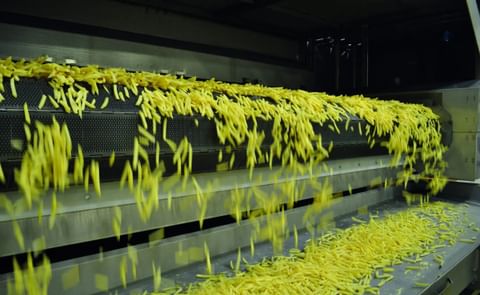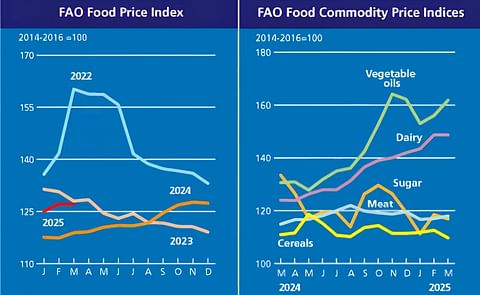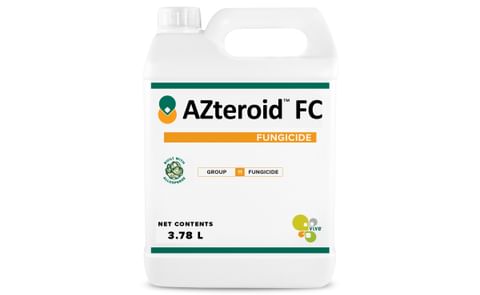“The number one request from consumers is for lower sodium versions of the snacks they love most. However, they are unwilling to compromise on taste,” said Ann Mukherjee, chief marketing officer, Frito-Lay North America. “Lightly Salted meets that consumer need. We will continue to build on this effort and look to deliver even more great-tasting options for those consumers focused on sodium.”
In general, Frito-Lay snack chips are moderate in sodium. For instance, Lay’s Classic potato chips contain 180 mg per one ounce serving (about 15 chips), comparable to a slice of bread.
“Many consumers believe Frito-Lay snack chips are high in sodium, but they are often surprised to learn that is not the case,” said Mike Zbuchalski, group vice president, R&D, Frito-Lay North America. “Because the salt is sprinkled on the outside of the snack chip, the salt flavor is prominent compared to foods where the salt is cooked within.” (See below for comparison of sodium content to common foods and snacks).
According to the Center for Diseases Control and Prevention, Americans aged 2 or older on average consume 3,436 mg of sodium per day, 1,136 mg more than the 2005 Dietary Guidelines recommendation of less than 2,300 mg (about 1 tsp of table salt).*“Since many foods have sodium baked in, you can’t always trust your taste buds. That’s why it’s so important for consumers to read the nutrition label – they’ll be surprised to learn the various sources of sodium in their diet,” explained Joanne “Dr. Jo” Lichten, PhD, RD, author of Dr. Jo’s No Big Deal Diet.
Lightly Salted products will be available nationally in grocery, retail and mass merchandise. Lay’s Lightly Salted and Ruffles Lightly Salted potato chips are priced at $3.99 per 10-ounce and 10.5-ounce bags respectively. Fritos Lightly Salted corn chips are priced at $2.99 for 9.25-ounce-bags.




